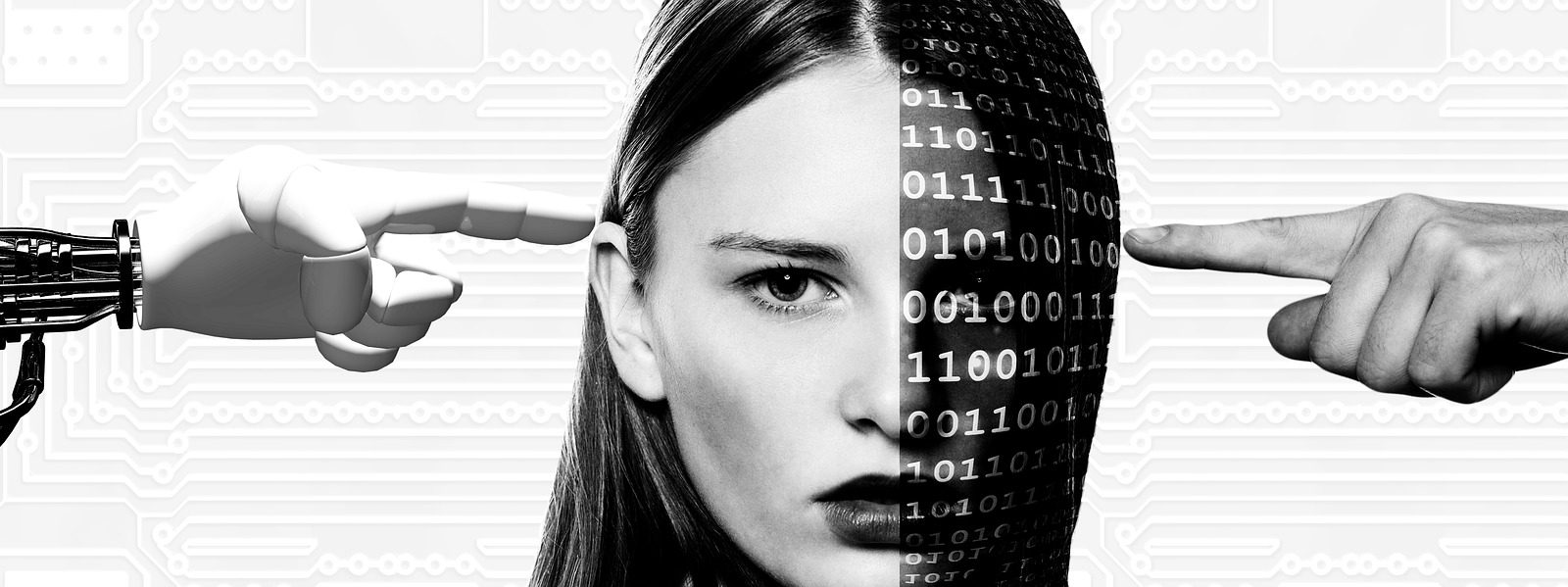To Optimize Smart Restaurant Technology, Dig Deep and Keep it Simple
3 Min Read By Tracy Bateman
Restaurants are aggressively pursuing advanced technology such as the Internet of Things (IoT) and Artificial Intelligence (AI) to improve operations and enhance the guest experience. By combining analytics and connected networks of smart sensors, restaurants can collect, scrutinize and act on a wealth of operational and customer data.
However, to take full advantage of the abundance of smart tools available today, clear understanding of business problems is essential – as is a focus on simplicity. Based on these insights, businesses can identify the technology investments that yield the greatest return on investment.
Take temperature monitoring. The benefit of gauging freezer and refrigerator temperatures and sending alerts when equipment fails is obvious; temperature sensors can provide critical insight into a wide range of additional factors that impact restaurant operations and quality. When brought into refrigerators or freezers, for example, palettes of packaged food products can raise the temperature within the space. The products themselves, moreover, require time to reach the desired temperature. By tracking temperature fluctuations within storage areas, as well as within product palettes, restaurants can enhance food safety, improve visibility into supplier practices and implement practices to save energy costs.
Restaurants have a wide range of opportunities to leverage IoT and AI tools to compete more effectively.
While they can address complex problems, the best applications of smart tools can be deceptively simple. Fast food restaurants, for instance, want to understand what diners are buying based on various demographic criteria, so that they can effectively target marketing and promotions programs.
To gain insight, they invest significant resources into sophisticated data analytics and CRM tools. An AI-enabled facial recognition sensor offers a cost-effective and simple approach. Deployed behind the cashier station, the camera can (roughly) categorize each customer by, say, gender, age and other criteria, and assign each order to a customer type. In other words, the sensor provides real-time tracking of how the orders of teenaged boys compare to the orders of parents with small children.
Finding the Focus
Understand the business problem and apply a simple fix – it sounds so obvious and straightforward. Then why do so many restaurants struggle to deploy effective and elegant technology solutions? One fundamental problem is the lack of communication and collaboration between business units and technology teams. In many cases, neither party clearly understands the other’s priorities, challenges and capabilities. Typically, this leads either to superficial solutions that scratch the surface, or over-engineered solutions that only add layers of complexity (and come with a hefty price tag).
Applying the principles of an Agile approach can help bridge the gap between technologists focused on features and benefits, and business managers tasked with optimizing operations, enhancing dining experiences and increasing efficiency. Key elements of Agile include a continual focus on the customer (rather than internal objectives or constraints) as well as ongoing communication between developers (technologists) and business users. Relatedly, Agile preaches the virtue of simplicity: Communication and mutual understanding can facilitate a shared sense of priorities and a focus on solving the critical problems at hand; different teams pulling in different directions, meanwhile, typically leads to overly complicated and costly outcomes.
In the context of edge intelligence and data analytics initiatives, Agile thinking can help establish specific processes around tech/business collaboration. In a broader sense, this approach can foster a culture of teamwork and shared goals, as well as drive deeper levels of business insight that translate into greater ROI.
Start Small and Scale
A start-small, focused approach to technology initiatives, meanwhile, can help restaurants find simple (and optimal) solutions and avoid unnecessary complexity. Specific, measurable objectives are critical to defining roles and responsibilities, gaining buy-in from users and measuring progress and ROI. A discrete project with a clear beginning and end, moreover, can serve as a compelling pilot to support and inform future initiatives.
While they can address complex problems, the best applications of smart tools can be deceptively simple.
Defining a specific problem is key: To take the smart camera example mentioned earlier, “How do food orders align with customer demographics?” lends itself to a simple and focused solution. Meanwhile, a more open-ended question such as, “What are our customers ordering?” can lead to complex, boil-the-ocean approaches that meander in multiple directions and yield minimal value.
Focus also helps to ensure user engagement and streamline change management. Large-scale technology initiatives are by definition complex. This can force technology and business teams to prioritize implementation and project milestones, while neglecting end-user training and process re-alignment. If left out of the loop at the outset, users quickly abandon new tools and processes and revert to established ways of doing things. An eat-the-elephant-one-bite-at-a-time approach, meanwhile, makes training and change management less disruptive, and user engagement more manageable.
Restaurants have a wide range of opportunities to leverage IoT and AI tools to compete more effectively. To take full advantage of technology capabilities, business insight is imperative. This enables a focus on business outcomes and problem solving, reducing complexity and optimizing ROI.


